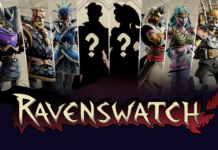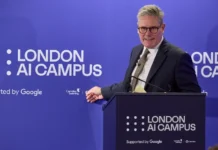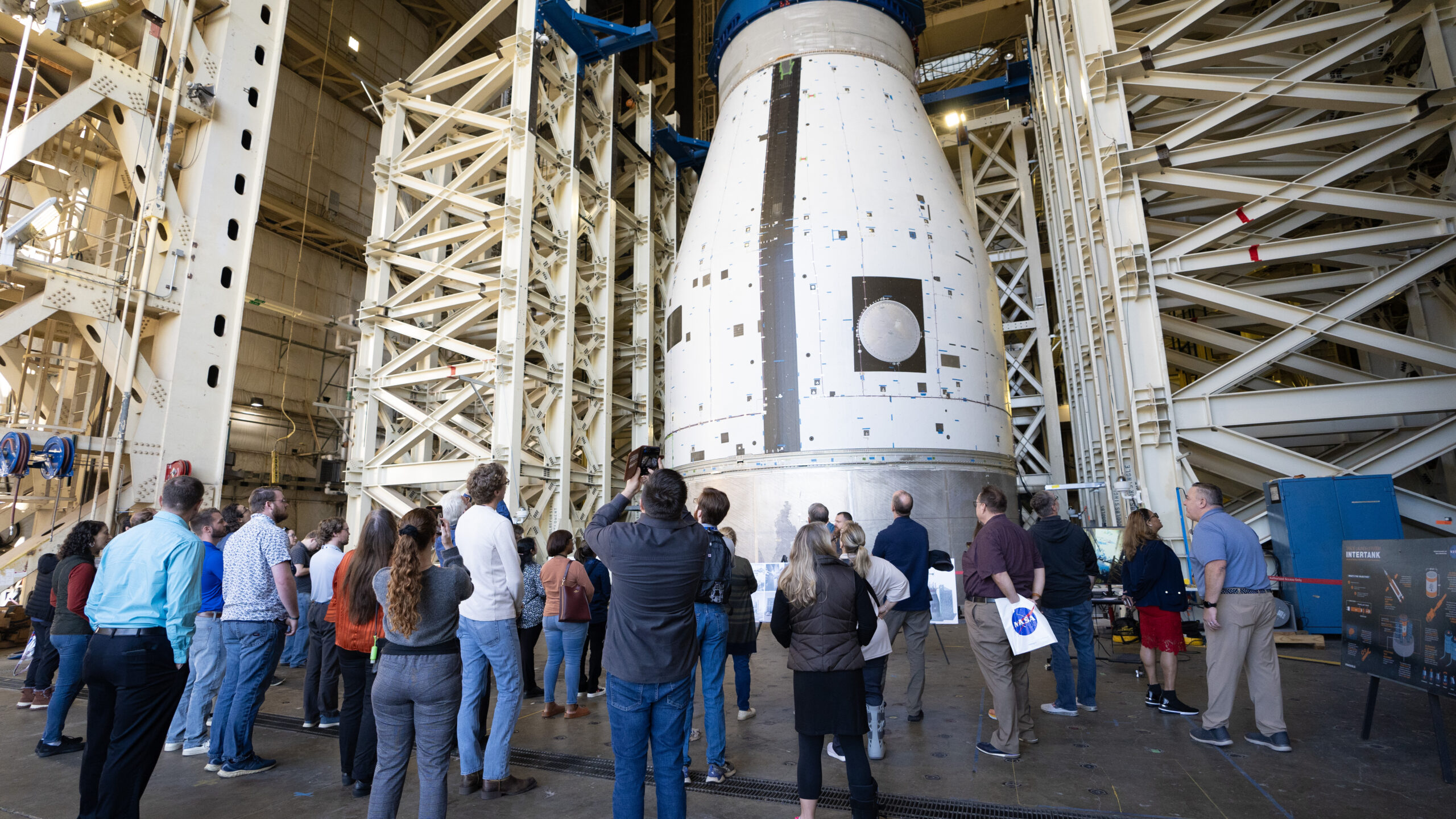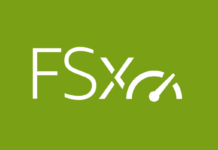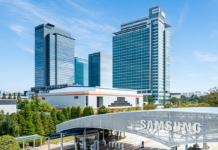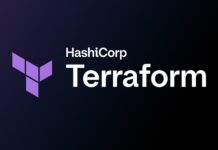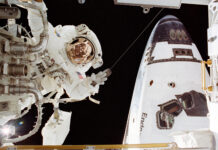The Office of Communications at NASA’s Marshall Space Flight Center has announced a significant change in how it shares updates and news. Starting November 4, the Marshall Star, a newsletter that has been a staple for delivering news about Marshall’s activities, will no longer be published on NASA’s official website. The final issue will be made available on October 30. For those interested in keeping up with the latest developments and news from Marshall Space Flight Center, information will still be accessible through NASA’s dedicated page for Marshall at nasa.gov/marshall.
This change marks a shift in how NASA’s Marshall Space Flight Center disseminates information, aiming perhaps to streamline and modernize its communication channels. Visitors to the site can continue to expect updates on a wide range of topics, from how the center supports NASA’s ambitious space exploration goals to showcasing advancements in technology and research.
Recently, on October 24, a group of over 500 team members from Marshall Space Flight Center had the opportunity to witness firsthand the progress being made on future Artemis missions. The event included bus tours organized by the SLS (Space Launch System) Program, which provided insights into various facilities within the center. Among the highlights was a visit to the Thrust Vector Control Test Laboratory led by Blake Stewart. This lab, situated in Building 4205, is crucial for testing the mechanisms that ensure the precise steering of the engine and booster nozzles of NASA’s SLS rocket. Building 4205 also houses the Propulsion Research and Development Laboratory, which is home to 26 world-class labs and support areas that contribute to NASA’s long-term space exploration objectives. Notably, the Software Integration Lab and the Software Integration Test Facility are key components of the infrastructure supporting the SLS program that were showcased during the tour.
Another significant stop on the tour was Building 4619, where team members gathered to view the development test article for the universal stage adapter. This adapter will be integral to the second variant of the SLS, known as Block 1B. The universal stage adapter is designed to connect the Orion spacecraft to the SLS exploration upper stage, which will be powered by four RL10-C3 engines. This configuration allows the SLS to lift more than 105 metric tons (231,000 pounds) from Earth, enabling the transportation of multiple large payloads to the Moon in a single launch.
The tour also included a visit to Building 4708, where the Orion Stage Adapters for the upcoming Artemis II and Artemis III test flights were on display. These adapters, built at Marshall, serve as crucial connectors between the rocket’s interim cryogenic propulsion stage and the Orion spacecraft. The Orion Stage Adapter for Artemis II is already complete and ready for shipment to the Kennedy Space Center. The tour’s itinerary featured four key stops, offering an in-depth look at various critical components of the Artemis missions, including the Artemis III launch vehicle stage adapter and the SLS Block 1B universal stage adapter development test article, set to be part of the Artemis IV mission.
In addition to the tours, various programs and offices within Marshall, such as the Human Landing Systems Development Office and the Science and Technology Office, hosted exhibits in the lobby of Building 4220. These exhibits provided employees with further insights into the ongoing and future projects at Marshall, reaffirming the center’s pivotal role in advancing NASA’s exploration missions.
Parallel to these technological advancements, NASA’s Marshall Space Flight Center also took the opportunity to celebrate National Disability Employment Awareness Month. On October 24, an agency-wide virtual event was hosted by the Office of Diversity and Equal Opportunity, emphasizing the theme “Access to Good Jobs for All.” This program focused on the experiences of people with disabilities in the workplace, discussing various stages of their work lifecycle, from application to career advancement.
Roger Baird, Marshall’s Associate Director, opened the event by reiterating NASA’s commitment to inclusive hiring practices and career success for all employees, including those with disabilities. This commitment is demonstrated through targeted recruitment and community partnerships, as well as the use of Schedule A Authority, which allows for the non-competitive hiring of individuals with disabilities.
The event featured a panel discussion moderated by Joyce Meier, logistics manager at Marshall, and included insights from NASA team members Casey Denham, Kathy Clark, Paul Spann, and Paul Sullivan. The panelists shared personal experiences and best practices for enhancing workplace inclusivity. Denham highlighted effective onboarding strategies for employees with neurodiversity, while Clark discussed ongoing efforts to raise awareness and advocate for disability rights within NASA. Spann and Sullivan addressed practical steps for accommodating deaf candidates and making the job application process more accessible for individuals with low vision.
Guest speaker Chip Dobbs, a supply management specialist at Marshall, shared his personal journey of working at NASA for 29 years while being deaf, emphasizing how his disability has empowered him to inspire and connect with others. The event concluded with reflections from Tora Henry, director of the Office of Diversity and Equal Opportunity, on the importance of addressing workplace barriers for individuals with disabilities.
As part of its inclusive mission, NASA emphasizes the importance of diverse talents and perspectives in achieving its goals. Baird encapsulated this vision by stating, “NASA’s mission of exploring the unknown requires contributions from every mind and perspective, ensuring no talent goes untapped.”
NASA’s commitment to inclusivity is further exemplified by its recognition of outstanding contributions through the Blue Marble Awards. Farley Davis, manager of the Environmental Engineering and Occupational Health Office at Marshall, was honored with the 2024 Blue Marble Director’s Award for his exceptional leadership and dedication to environmentally sound mission success. This accolade underscores the importance of environmental stewardship in supporting NASA’s missions and goals.
Moreover, NASA’s Marshall Space Flight Center continues to push the boundaries of space exploration through cutting-edge research and technology demonstrations. The Pathfinder Technology Demonstrator-4 (PTD-4) mission, for instance, is showcasing the Lightweight Integrated Solar Array and anTenna (LISA-T). This innovative technology combines power generation and communication capabilities in a compact, stowable design, making it ideal for small spacecraft on deep space missions. The demonstration is part of NASA’s broader effort to enhance the capabilities of small spacecraft, enabling more flexible and cost-effective space exploration.
The PTD-4 mission represents a significant step forward in advancing solar array technology, offering increased power and communication efficiency. This development is crucial for supporting future missions that require high power levels and reliable communication systems.
As NASA continues its journey to explore the universe, the integration of new technologies and a commitment to inclusivity and environmental responsibility remain central to its mission. The Marshall Space Flight Center, with its rich history of innovation and dedication to advancing human space exploration, continues to play a vital role in shaping the future of space travel. Whether through facilitating the Artemis missions or pioneering new technologies like LISA-T, Marshall’s contributions are integral to realizing NASA’s vision of exploring the Moon, Mars, and beyond.
For more Information, Refer to this article.




















